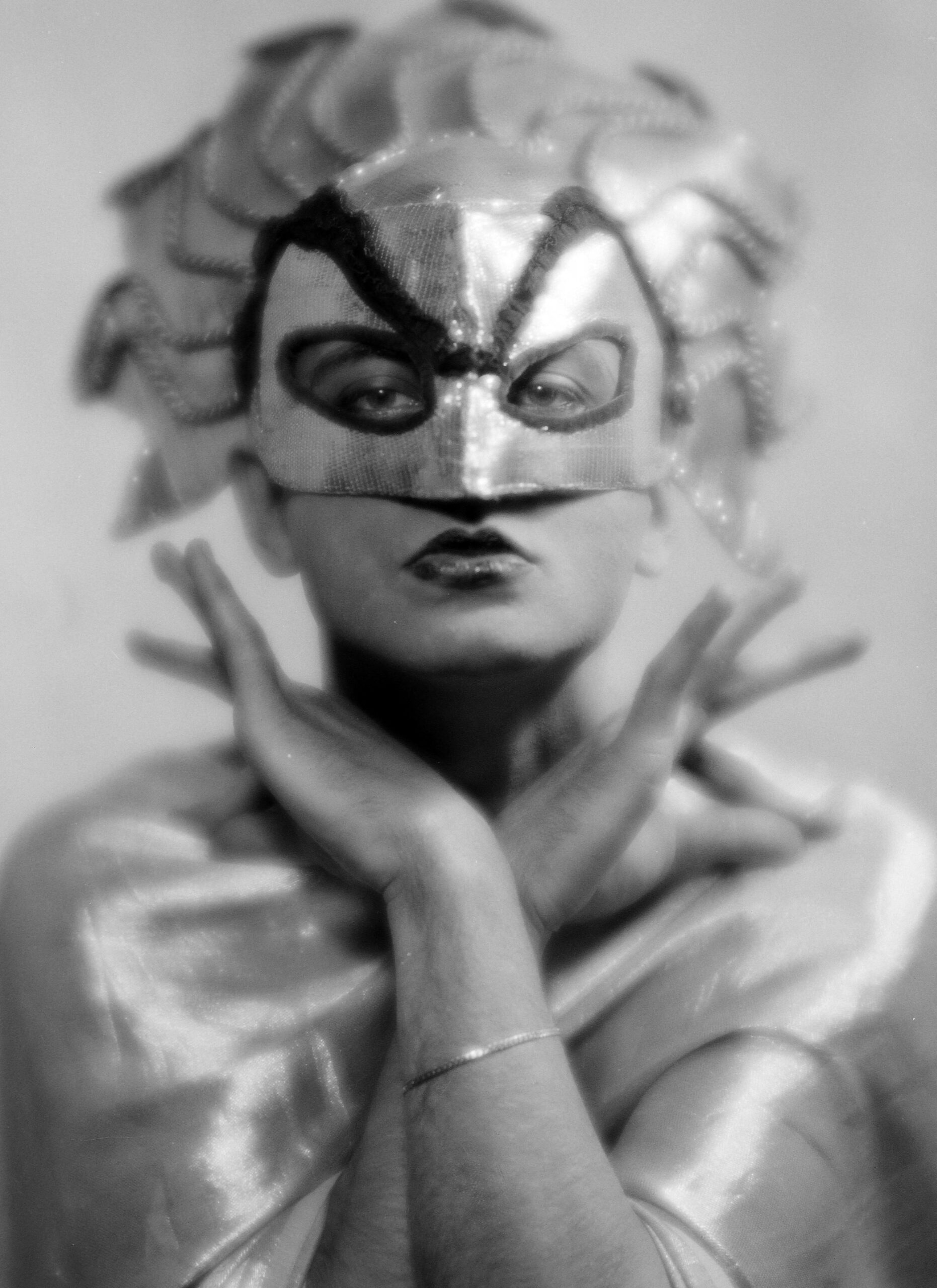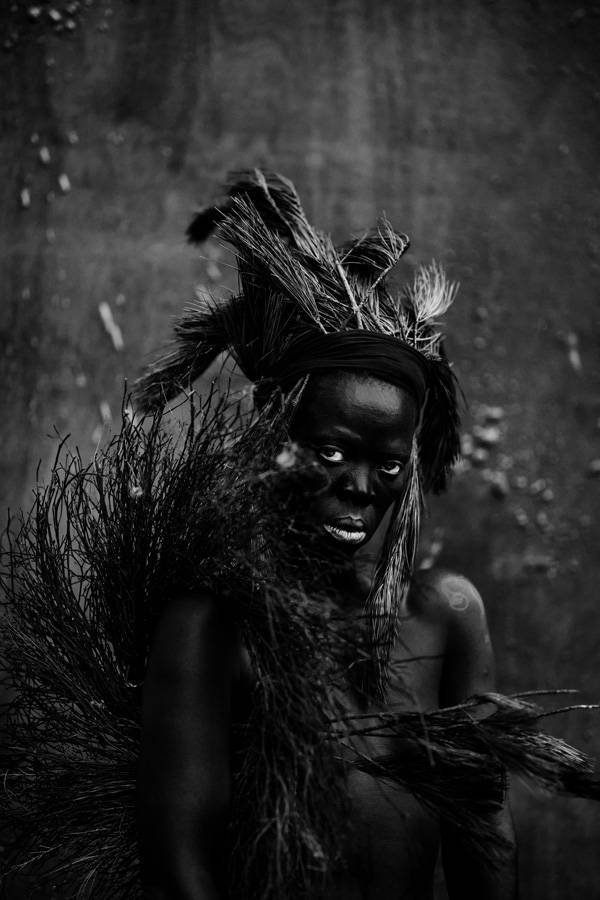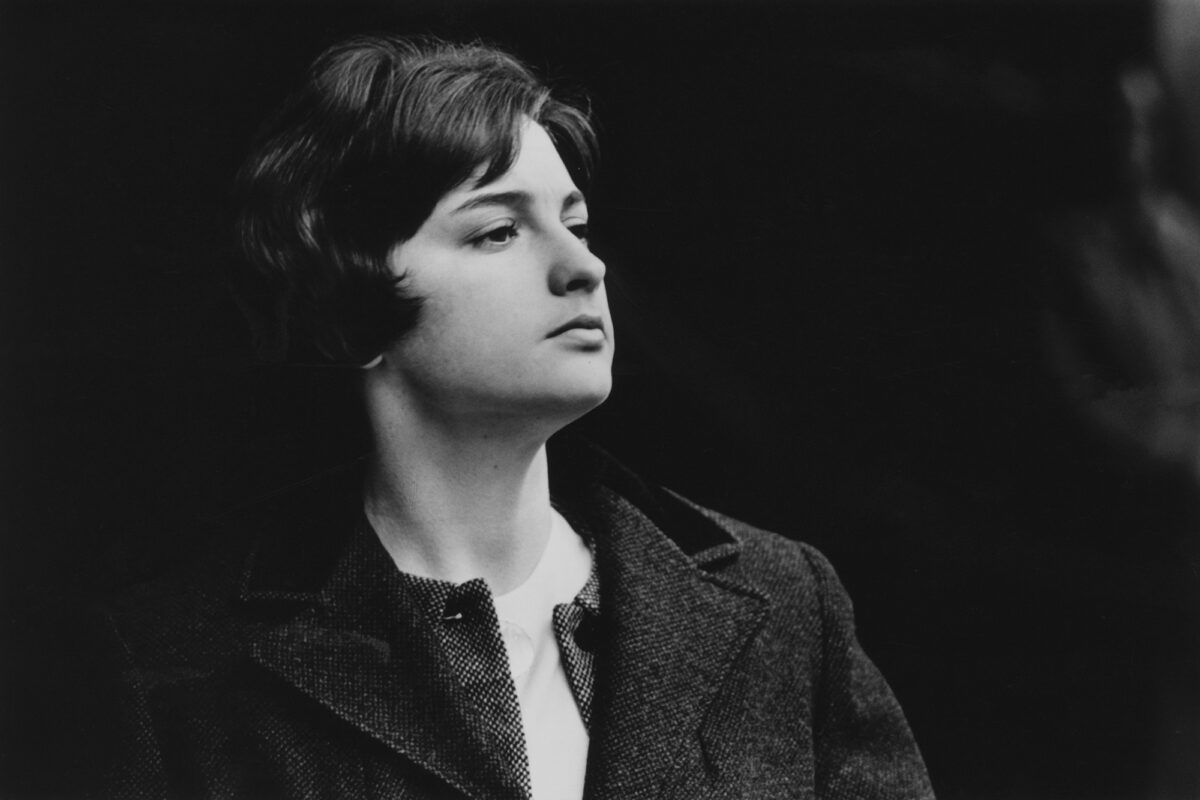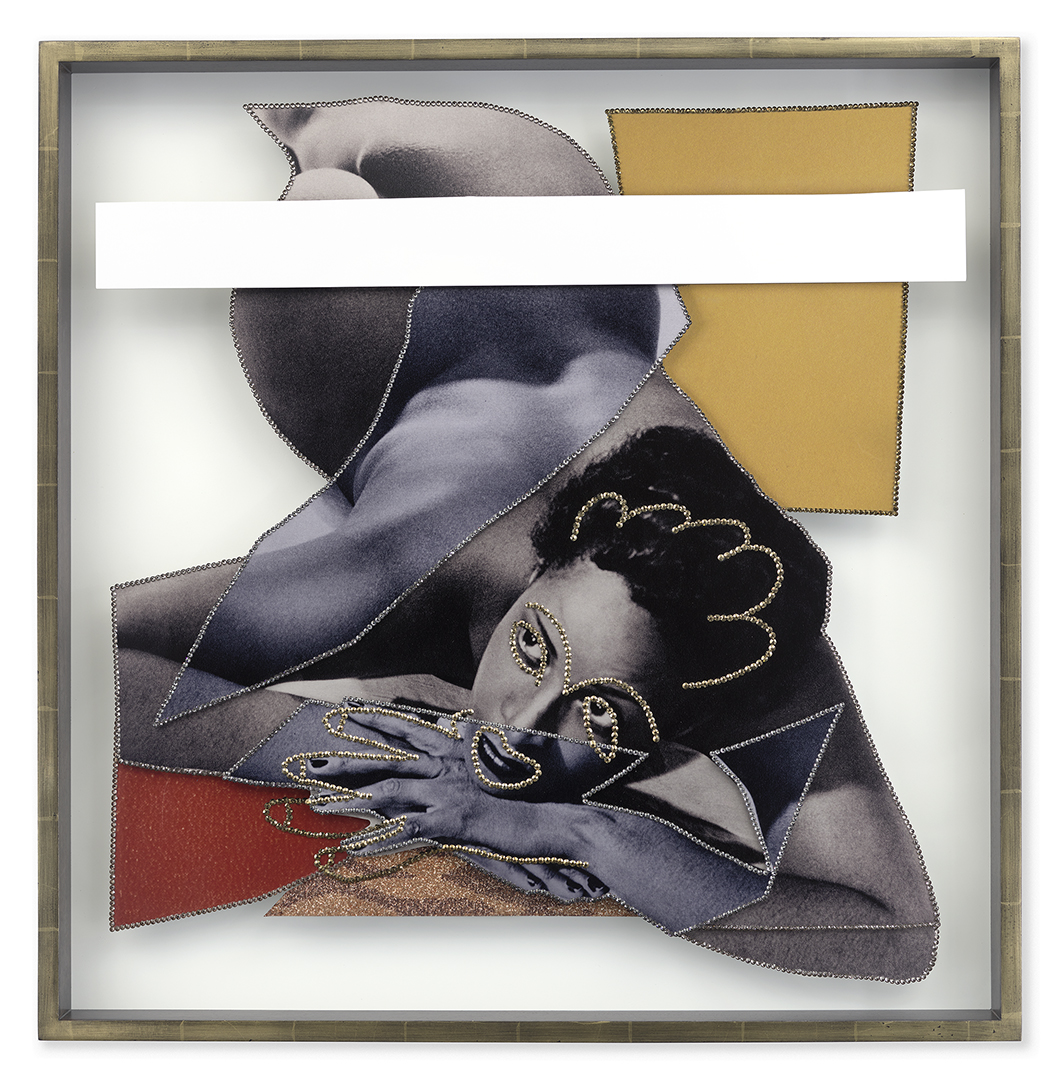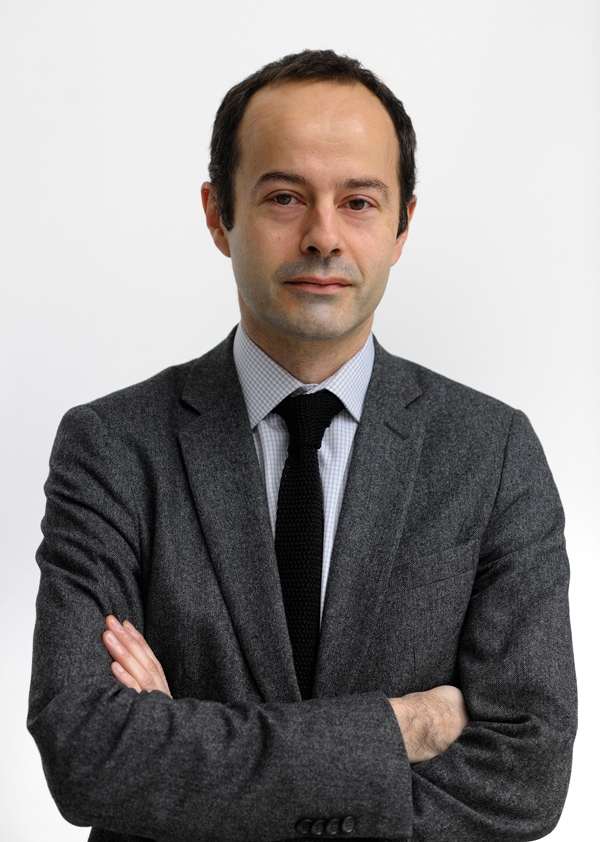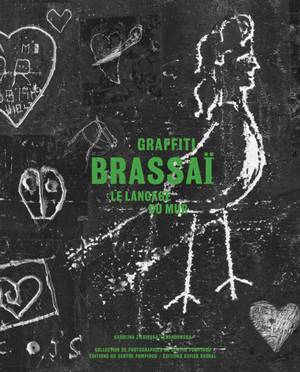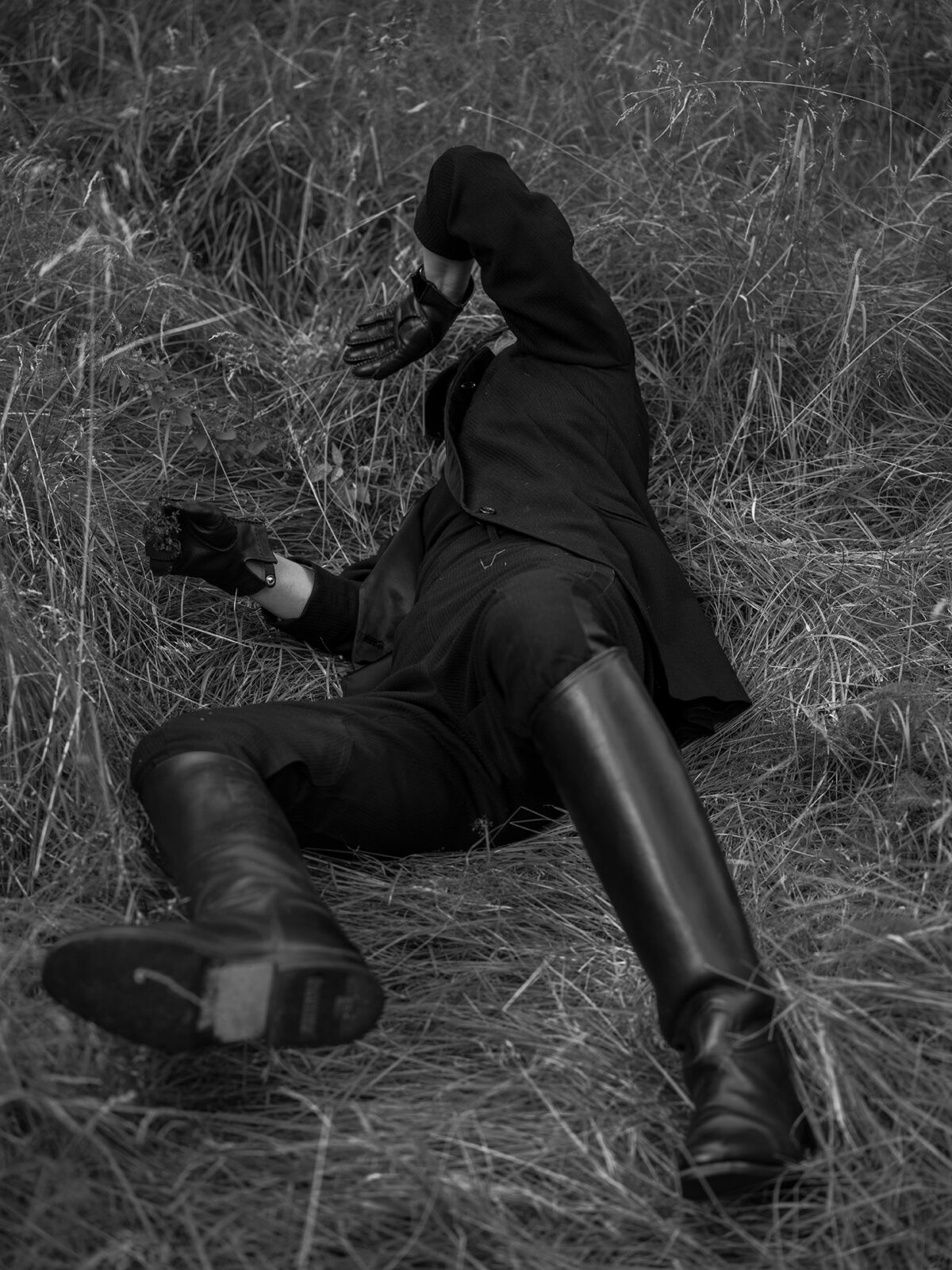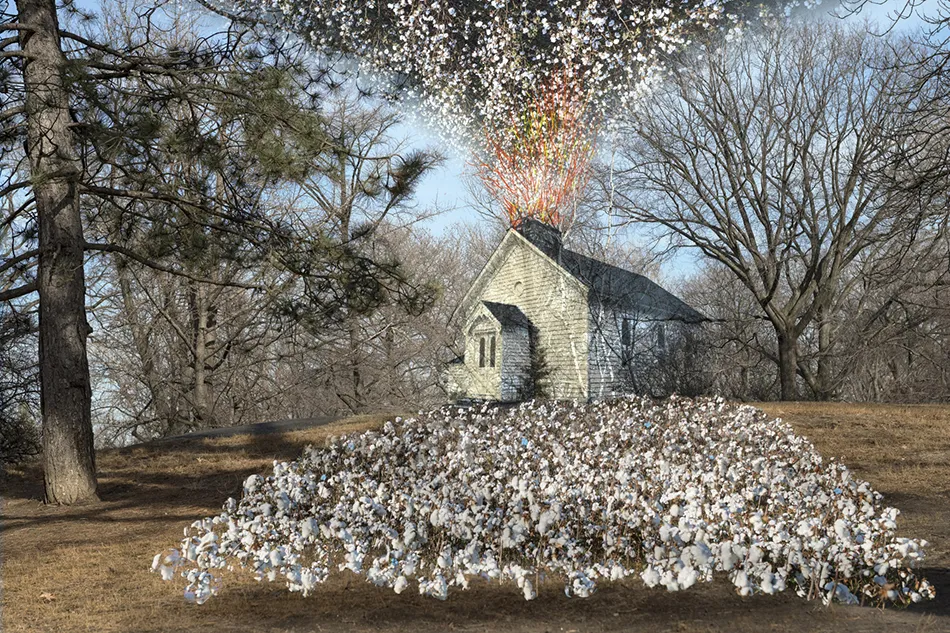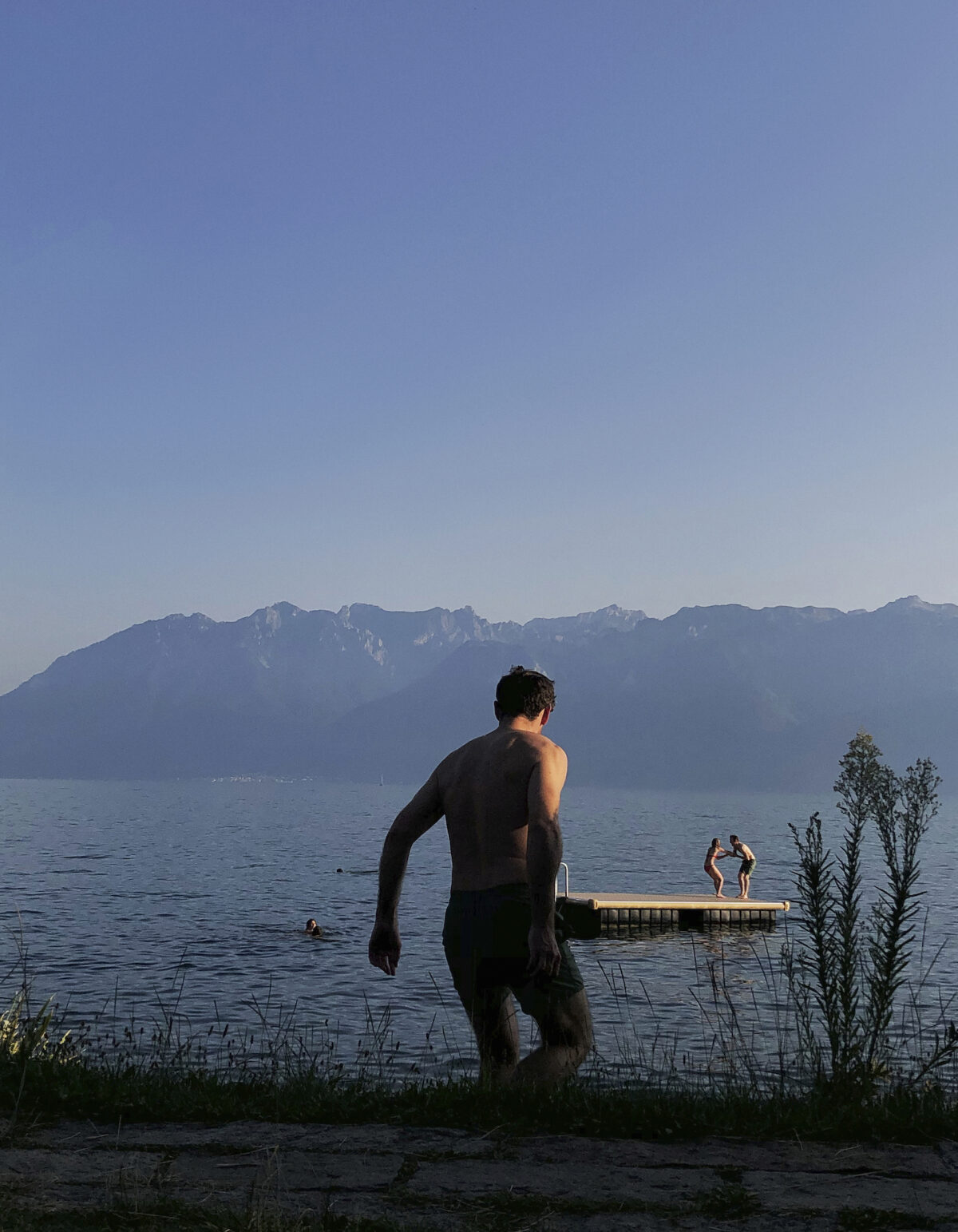This exhibition of interwar French photographer Laure Albin Guillot, on view through January 14, is a reminder of what revolutionary, cutting-edge photography was like in the 1930s and 1940s, when experimentation, behind the camera and in the darkroom, predominated. But most of all, the exhibition reflects the gaze of a woman who came to art at a mature age and made up for lost time with outsized ambition.
Guillot had spent her young adulthood living in the shadow of her spouse at a time when photography had not yet been established as a fine art. She married at 18 and led a quiet life as the wife of a Parisian doctor, professor, and composer until she was almost 40. The couple had no children, and it was only when her husband fell ill, causing economic hardship, that Guillot finally dived into artistic work. Her first book of photographs – Micrographie Décorative (1931), 20 abstract images of crystals and organic compounds – came out after her husband’s death.
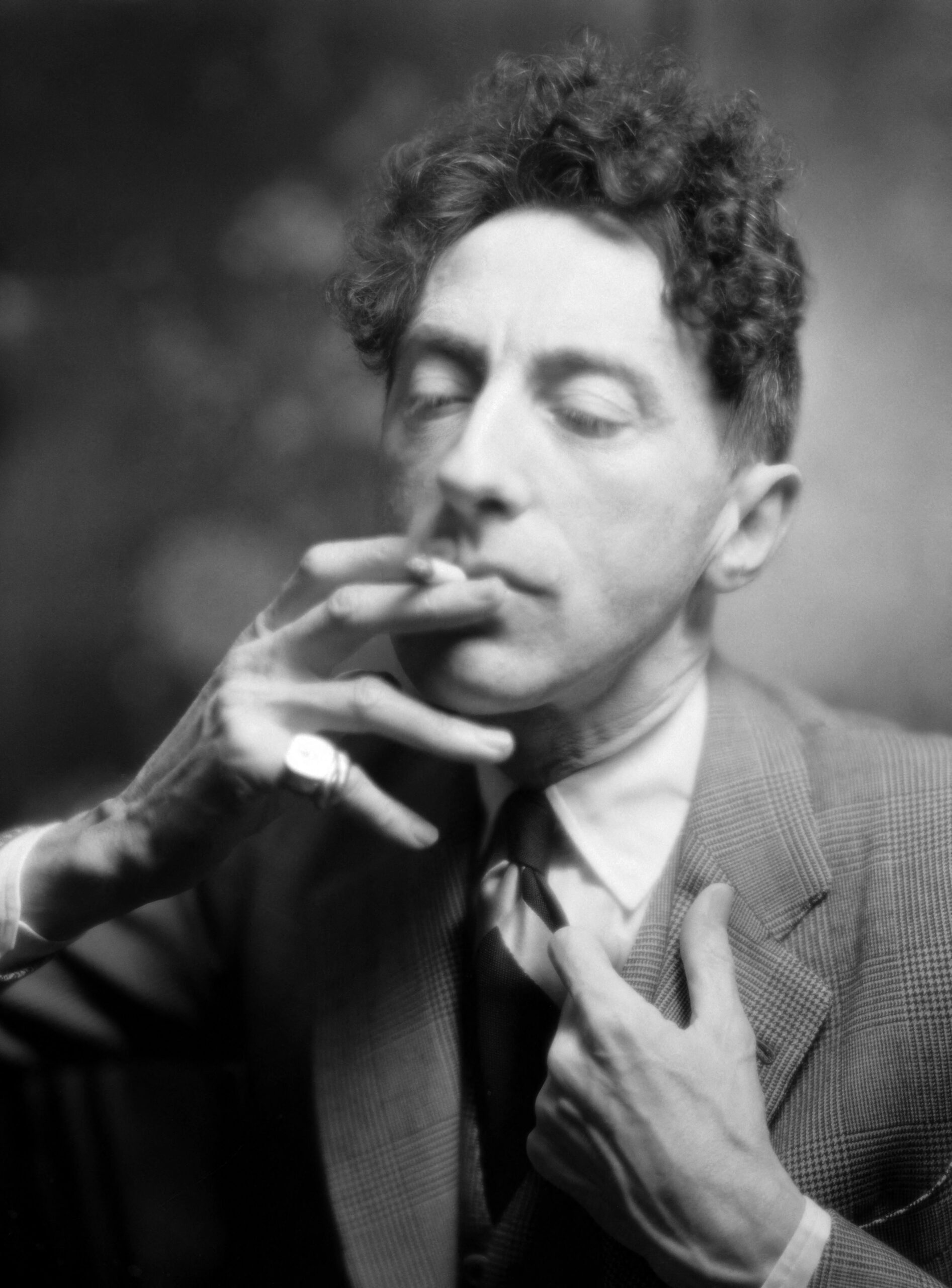

Guillot’s photographs are not primarily about Paris or the city’s secular society, although she made well-known portraits of French poets, musicians, and actors. Rather, they are about a creative person rushing to explore all possible avenues for her art. This exhibition of 65 of her prints includes celebrity portraits, nude photographs that were bold for the time, advertising posters, and “microphotographs,” as the photographer herself called them, of the patterns found in images of metal car parts, jewelry, or flower petals.
Guillot, who died in 1962, found a measure of success and influence after 20 years of artistic activity. Her photographs were included in fashion magazines and major exhibitions. In 1932 she was already a director of the photographic archives of the Beaux-Arts de Paris (now the Ministry for Arts) and of the Cinémathèque Francaise. But her delicate, stylish images eventually fell out of favor, and her body of work disappeared from the recognized history of the medium. Only in the last decade have her photographs again received renewed attention, as evidenced by this exhibition.

